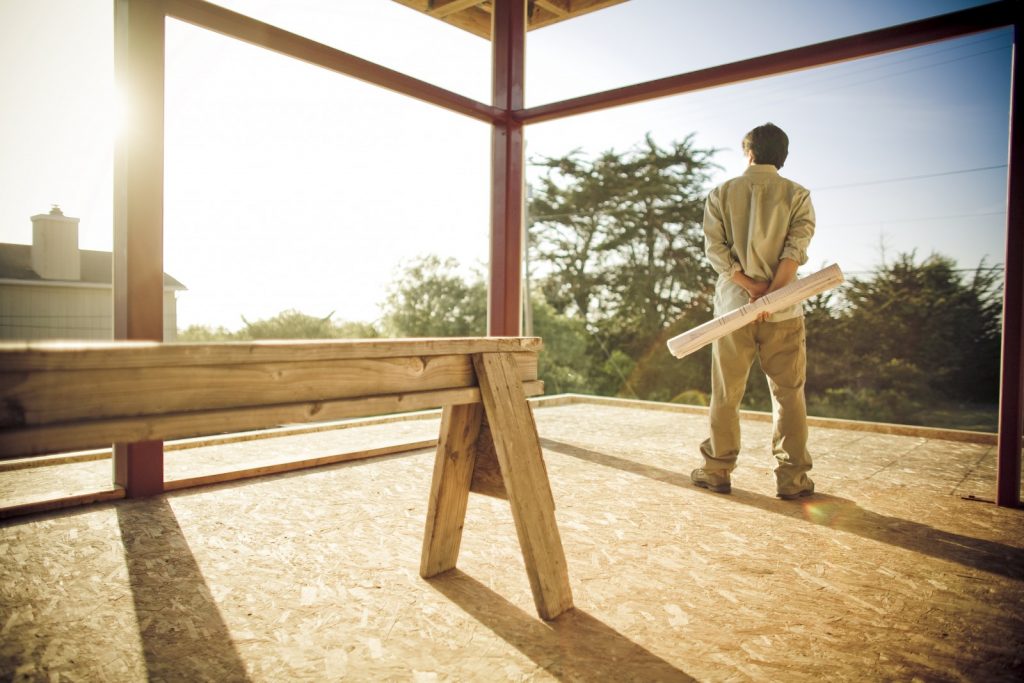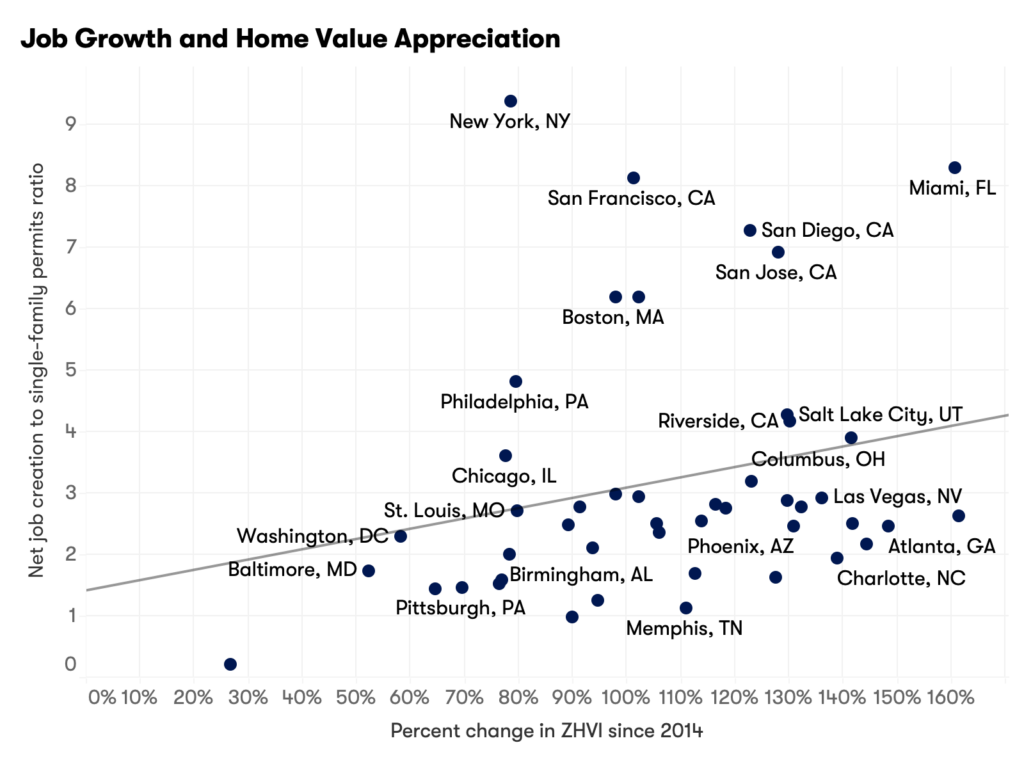Amid Affordability Crisis, Builders Continue Pivot Toward Condos and Townhomes


While home construction activity fell in 2023 for the second consecutive year, America’s housing stock continues to grow faster than before the pandemic. Builders are racing to fill the 4.5 million home shortage with homes more easily affordable for today’s first-time buyers by leaning into higher density.
Construction began on 946,000 single family homes in 2023, 7.1% fewer than did in 2022 and 16.5% fewer than the number of housing starts in 2021. Of course, much of this decline can be chalked up to slowing demand due to housing affordability challenges. Roughly 1 million single-family homes were completed in 2023, the second-highest annual total since before the global financial crisis.
But despite the cooldown from a year before, the pace of home construction remains much stronger than what was typical prior to the pandemic, both nationally and in many major markets. Roughly 11% more single-family homes were completed in 2023 than were in 2019, and 6.2% more new single-family home construction projects began last year than did in 2019.
Maintaining a pace above the pre-pandemic trend meant that builders had to continue their pivot toward higher density, building more townhomes and condos like they did in 2022, as opposed to detached, single-family homes. Starts for detached, single-family homes declined by 8.9% in 2023, but starts for attached single-family homes increased by 3.2% and new condo starts rose by 8.1%. The number of detached homes that were completed fell by 5.1%. Meanwhile, 9.6% more attached single family homes were completed when compared to the previous year.
Focusing on attached homes allowed builders to overcome some of the challenges related to land costs, and build more units on smaller lots. As a result, the median lot area fell by 700 square feet in 2023 when compared to the previous year. The median home size remained steady at 2,200 square feet. Along with smaller lot sizes, the number of single-family starts with a porch or patio also fell.
After declining in 2023, single-family permitting activity is higher than a year ago in most large metropolitan areas. Below are the top-10 major metros for annual growth.
| Metro Area | Jan-August 2022 | Jan-August 2023 | Jan- August 2024 | % change year-over-year |
| Indianapolis | 6,438 | 4,656 | 6,317 | 36% |
| Phoenix | 21,808 | 15,836 | 20,848 | 32% |
| San Diego | 2,655 | 1,711 | 2,247 | 31% |
| San Antonio | 7,944 | 5,843 | 7,658 | 31% |
| Milwaukee | 1,112 | 913 | 1,139 | 25% |
| Chicago | 5,892 | 5,070 | 6,264 | 24% |
| Louisville | 2,577 | 2,076 | 2,546 | 23% |
| Las Vegas | 7,382 | 6,763 | 8,273 | 22% |
| Dallas | 33,053 | 26,746 | 32,437 | 21% |
| Minneapolis | 6,953 | 5,201 | 6,172 | 19% |
As expected, when competition heats up and prices rise, producers tend to respond by building more housing. Historically, markets with faster jobs and income growth, and thus higher housing demand, also tended to see a larger increase in new construction activity relative to lower growth markets. But where inventory rises and home value appreciation slows, single-family construction is also expected to slow until it is no longer profitable for builders to build more housing units.

Despite affordability challenges that cooled housing market activity from the hot pandemic pace, some markets are still authorizing more single-family homes than the expected pace in the absence of the pandemic.
Data from permit-issuing places shows single-family authorizations were highest relative to their pre-pandemic level in markets where demand for housing grew most during the pandemic — metro areas with higher growth in employment, household income and home values.
Among the 50 largest U.S. metros, the Pittsburgh, Indianapolis, Dallas, New York, and Las Vegas metro areas were still issuing the most permits when compared to their pre-pandemic level. Other large markets authorizing more single-family homes than the pre-pandemic pace include Columbus, San Antonio, Charlotte and Sacramento.
Where the most single-family construction has been permitted since the pandemic
| Metro Area | Single-family permits (Jan 2020—August 2024) | Home value change (Jan 2020—August 2024) |
| Houston, TX | 232,810 | 39% |
| Dallas, TX | 207,471 | 47% |
| Phoenix, AZ | 138,445 | 54% |
| Atlanta, GA | 128,202 | 59% |
| Austin, TX | 94,361 | 43% |
| Charlotte, NC | 87,987 | 61% |
| Orlando, FL | 76,355 | 55% |
| Tampa, FL | 74,265 | 62% |
| Nashville, TN | 70,850 | 50% |
| Jacksonville, FL | 65,510 | 53% |
Markets where permitting activity for single-family homes has fallen the furthest compared to the pre-pandemic average level are New Orleans, San Francisco, Seattle, Salt Lake City, and Denver.
Builders can only build what they are allowed to. How responsive builders are to a price increase depends on the availability of labor and materials, as well as buildable land, which often depends on geographic constraints and regulations such as zoning and planning restrictions that determine what builders can build where.
To address the 4.5 million home shortage in the U.S., steps that should be explored include zoning reforms to allow for more dense housing. This alone could create millions of much-needed housing units, and Zillow survey data show most residents would support such changes in their own neighborhoods to boost supply. Additionally, other measures such as eliminating or reducing parking requirements, minimizing delays in building permit approvals, and establishing or expanding affordable housing trust funds should be considered.